One of the most common family of fungi in the UK is the Russulas or the Brittlegills, we rarely head out foraging in Autumn without finding Brittlegills. These mushrooms are colourful and abundant but like all the other fungi families there are good tasty ones and some nasty poisonous ones. I will go through the best way to identify a good Brittlegill and how to spot a bad one. Like with all foraging you need to start applying a mental checklist to each thing you find to make sure it meets the exact features of what you’re looking for.
Now the Brittlegills are called so because pretty much all of them have brittle gills. not all of them do but overall it is the key identifier of the family. Russulas have evolved a round cell structure instead of the elongated structure most other organisms have. This round cell structure makes these mushrooms brittle.
These mushrooms come in some of the most incredible colours from Greens, purples, reds, greys, blues, yellows and whites and colours that can be used to narrow down what mushroom it is. For example, red is a definite dangerous colour for the beginner russula hunter. The red russulas include such well-named mushrooms as ” the Sickener” and the “Beechwood Sickener”. No prizes for guessing what their effects are once eaten.
Sometimes the colours can be deceiving and you may think you have a delicious edible when actually you have something that could give you some trouble!
I find Brittlegills absolutely everywhere, I’d go as far to say I rarely go on a mushroom walk where I don’t come across some sort of Brittlegills. It gets to the point where you end up saying ‘Just another Brittlegill’ or another ‘JOBBY’
The Handy Four Step Process for Identifying Brittlegill Mushrooms
There is a handy four-step process to help you as you approach what you think could be a brittle gill. This is excellent to use when your start to look for these as like I said earlier, the colours of brittle gills can vary from their description and there are many that look similar to each other. What this process does is twofold. It will confirm whether you have a Brittlegill in your hand and then determine whether it is a safe brittle gill. It goes –
SNAP – FLICK – PEEL – TASTE –
-Snap –
Does the stem snap like a stick of chalk? – This is a feature of the Brittlegills. the stems are all very brittle and should snap just like a stick of chalk
-Flick –
Do the gills break into porcelain-like shards when you flick them gently? – Now this is a universal feature of the Brittlegills, well nearly. There is one that does not have brittle gills and that is the Charcoal burner. Which is a delicious edible and maybe the best eating Brittlegill there is. maybe the exception that proves the rule, but usually a Brittlegills gills will flake away when knocked or flicked
-Peel –
Does the skin on the cap peel away? – The skin on the cap of Brittlegills peels away pretty nicely and should help you to identify a russula
-Taste–
Now, this should only be done when you have gone through the other steps and are confident that you have in your hand a Russula. If a tiny amount of the mushroom placed on the tongue gives a chilli like burn or tingle this means the mushroom is poisonous but a pleasant mushroomy taste means it is edible.
Some of the edible ones will give a peppery taste when placed onto the tongue, however, as a beginner, approaching russula’s it would be best to follow the advice that any heat is a bad sign.
Once you have gone through and learnt more about the edible ones and the further individual identifying features then you can start to approach the ones that give a peppery taste but are in fact edible.
Below are the lists of edible and non-edible Brittlegill ID guides on the site for some further reading and more specific identifying features.
We have plenty of guides for the Brittlegills and you can click the links below to take a closer look at them 🙂
Foraging for Brittlegills we can eat:
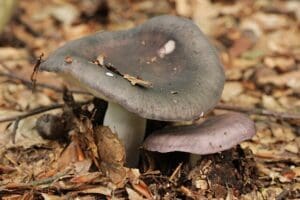
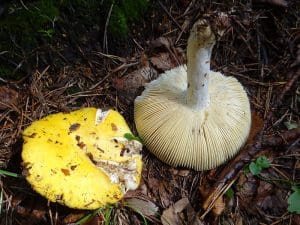
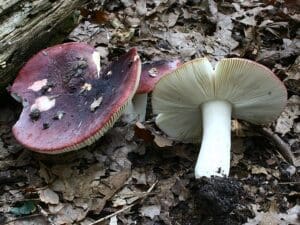
Some common poisonous Brittlegills:
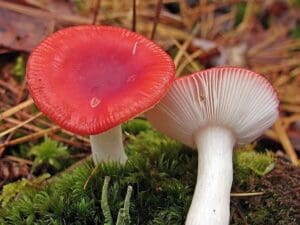
The Geranium Scented Brittlegill
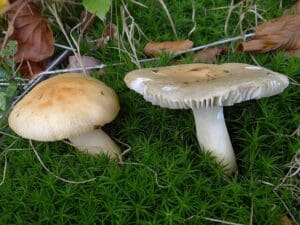
When Foraging for Brittlegills Stay safe & Happy Foraging
References
Find out more on the evolution of Brittlegills here



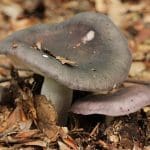
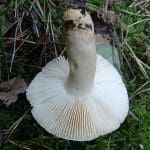
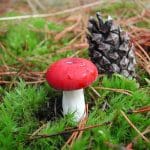
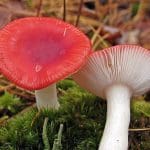
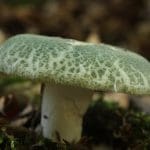
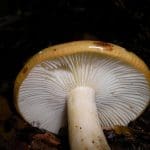
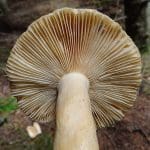
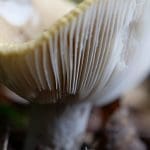
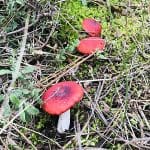
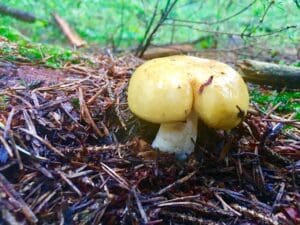
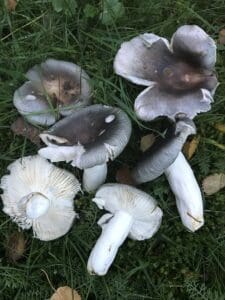
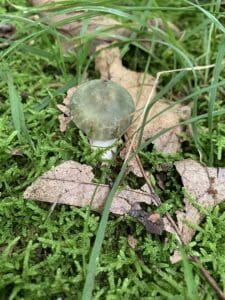
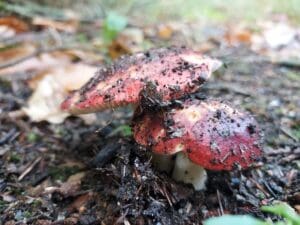



Leave a Reply
You must be logged in to post a comment.